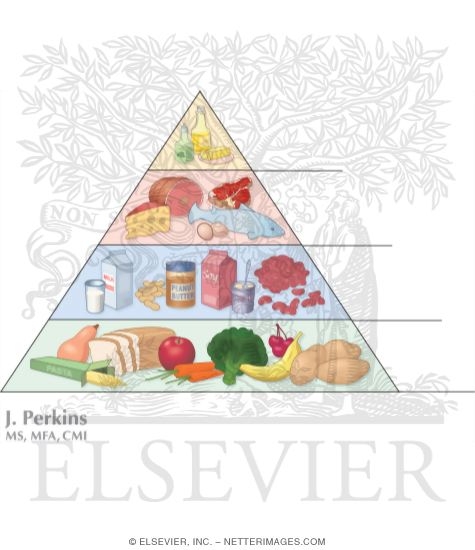Macronutrient recommendations can help you balance your diet. The macronutrient distribution can help reduce disease risk and foster lasting weight loss.
Essential Nutrients, Not limited to Vitamins and Minerals
The primary macronutrients are protein, carbohydrate, and fat, which are essential to nutritional health and well-being.
But who decides how much of an essential nutrient is needed to prevent a deficiency, reduce disease risk, or create a healthy diet?


The primary macronutrients are protein, carbohydrate, and fat, essential to nutritional health and well-being.
But who decides how much of a nutrient is needed to prevent a deficiency, reduce disease risk, or create a healthy diet?
There is no one-size-fits-all regarding nutrient requirements as these can vary so much from person to person. You can’t expect an athlete’s nutrient requirements to be the same as someone who is sedentary and may also have a different body composition. When someone is unwell, their requirements and whether they need to lose or gain weight may differ. Everyone is different; even toxic exposures can change the nutrient requirements of not only the vitamins and minerals but also the macros.
The Relevance of the Food Pyramid
It would be ideal to have a nutrition food pyramid based on the needs and requirements of each individual. This may be possible when consulting with a specialized nutritionist; however, for most people, the traditional food pyramid gives a basic guideline.
Choices of macronutrients will also vary when there are food allergies and intolerances. If there is a gluten allergy, for example, then that will cut out many grains that sit at the bottom of most food pyramids. This is specifically significant with celiac disease. Fiber intake may be reduced for those individuals unless alternate grains are used with increased vegetables to ensure optimal fiber levels.
Since 1941, the National Academy of Sciences has periodically gathered a large group of experts to review the latest science and make recommendations.
Until the late 1990s, the recommendations were called the Recommended Dietary Allowances (RDAs).
The latest update of these recommendations, the term Dietary Reference Intakes (DRIs), has been used.
Dietary Reference Intakes (DRIs)
Acceptable Macronutrient Distribution Range
A vital component of the recommendation for macronutrients is how they are distributed in the diet; in other words, the percent of calories coming from protein, carbohydrates, and fat.
The DRIs express this distribution as the Acceptable Macronutrient Distribution Range or AMDR.
Acceptable Distribution Ranges for Adults (as a percentage of Calories) are as follows:
- Protein: 10-35%
- Fat: 20-35%
- Carbohydrate: 45-65%
According to the NAS, the AMDR range reduces the risk for chronic diseases while providing essential nutrients like vitamins and minerals.
Those with a diet outside the AMDR can potentially increase their risk of developing a nutritional deficiency disease.
A balanced diet in its macronutrient distribution is recommended for lasting weight loss because unbalanced nutrient profiles may increase the risk of adverse health consequences.
Macros vs Calories
There is a significant difference between counting macros vs. calories when maintaining health and weight.
If you focus on counting macros, you will also indirectly monitor your calorie intake as the calorie density of macro foods is clear.
Protein and carbohydrate foods provide four calories per gram, and fat provides nine calories per gram.
Some protein foods also have a portion of fat; for example, a serving of skinless chicken will be lower in calories than the same portion of fatty pork.
Counting Macros for Weight Loss
Counting macros gives you much more flexibility in food choices as it naturally controls calorific intake while ensuring you get adequate amounts of the vital health building blocks of a healthy diet. This can also be important if you want to lose weight healthily.
When your diet consists solely of counting calories, there is a high-risk key macros may be excluded from the diet.
A likely exclusion is fat, for the obvious reason they are higher in calories than both protein and carbohydrates.
Excluding fat, especially for prolonged periods, can have devastating effects on health. Fat plays a vital role in many essential metabolic processes in the body.
Ironically, when it comes to fast weight loss, the ratio of the macronutrients changes significantly, with fat becoming the higher percentage of the Macros. For example, the macronutrient breakdown on a keto diet is 50% fat, 30% protein, and 20% carbohydrate.
No related posts.

